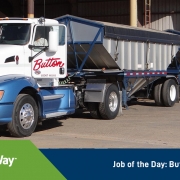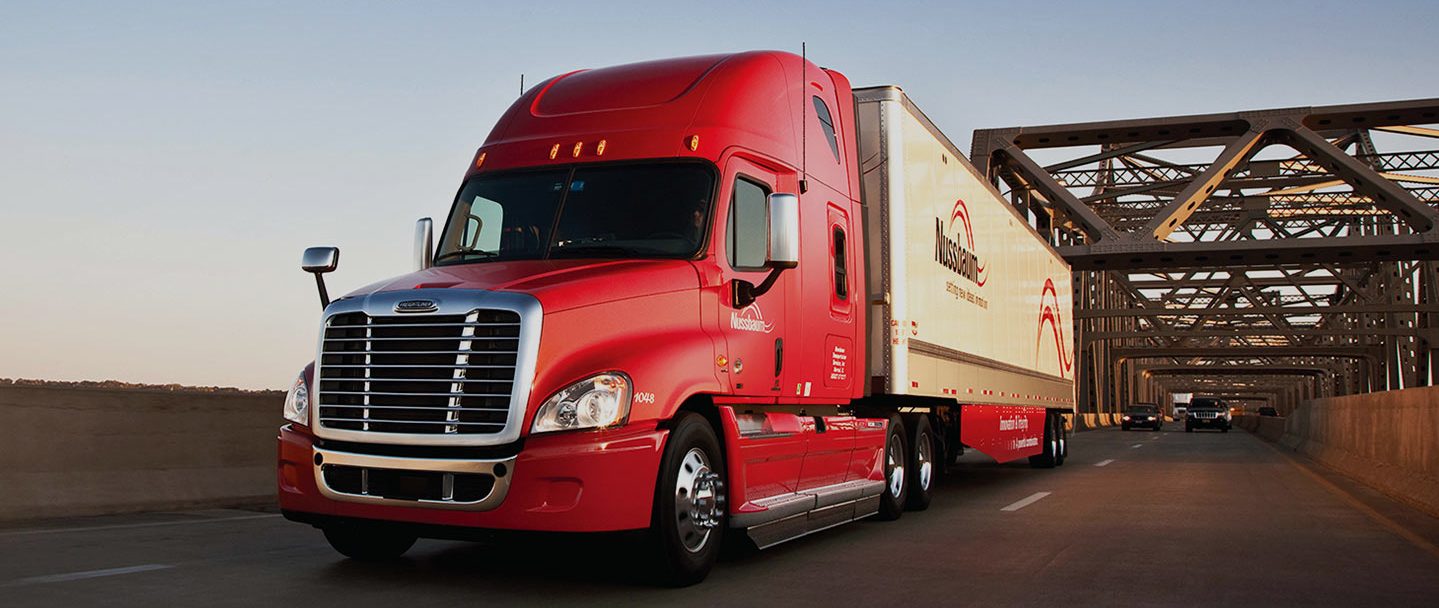
Transporting hazardous materials is one of the riskiest, yet most highly rewarding jobs a trucker can find.
Requiring specialized training, strict guidelines, and unwavering attention to detail, the transportation of hazardous material is not for the faint of heart. However, for many truckers, the risk is worth the reward with high pay and a constant supply of work.
But do the benefits outweigh the danger involved? Keep reading to find out the challenges, advantages, and expectations of hazmat trucking and decide for yourself.
Understanding Hazmat Trucking
Hazardous materials, also called hazmat, refer to substances or materials that pose a potentially serious risk to health, safety, and the environment when transported. Hazmat truckers take on the critical responsibility of delivering these materials to new locations while following strict DOT guidelines and protocol.
Hazmat drivers must have a commercial driver’s license with a hazardous materials endorsement called a Code H. To receive this endorsement, drivers must pass a hazmat knowledge test as well as a Transportation Security Administration (TSA) background check.
Drivers also must go through specialized training courses on handling, loading/unloading, and transporting hazardous materials, as well as emergency procedures and safety precautions.
These courses teach drivers the importance of proper labeling, placarding, and packaging of hazardous materials, and how to follow all DOT guidelines. Some employers offer these courses, but oftentimes drivers must complete extensive training on their own before applying for hazmat transportation jobs.
What do Hazmat Truckers do?
Before every run, drivers must conduct a thorough pre-trip inspection. This involves checking for leaks, tears, and loose containers, and ensuring that all freight is properly and safely secured. Hazmat truckers also must plan out routes that avoid heavily populated areas and tunnels, since some prohibit hazmat trucks from passing through.
Hazmat drivers should also remember to wear personal protective equipment, such as gloves, goggles, and respiratory masks, when handling hazardous materials. This gear is essential in case of an accident, and important to minimize risk for drivers who face long term exposure to radioactive material and toxic substances.
Are There Ever Accidents?
What most prospective hazmat drivers want to know is if accidents ever occur, and how dangerous they really are.
Unfortunately, a recent CBS News study found that accidents involving hazardous materials in transportation on the road have more than doubled in the past decade, sometimes with severe consequences.
Over the last 10 years, there have been 52 fatalities and 160 injuries caused by incidents involving hazmat transportation by tractor trailers in the US. The study also revealed that nearly 1 in 5 accidents were caused by some form of human error.
However, countless drivers avoid potentially devastating disasters by following hazmat transportation protocols and general safe driving practices every day. Modern safety technology, such as lane keeping assistance and automatic emergency brake systems, also can greatly affect the safety of drivers and bystanders.
In the case of an accident, hazmat drivers can minimize risks by using their training on emergency response protocol and containment procedures until hazmat cleanup crews arrive. This involves isolating the spill and preventing it from spreading, if possible, while promptly alerting the proper authorities.
Pros & Cons of Hazmat Trucking
Before deciding on a career transporting hazardous materials, it is vital to consider both the advantages and challenges of such an important job.
Benefits:
- Job demand. Hazmat transporters are always in demand due to the essential nature of their work. Industries such as manufacturing, healthcare, and construction rely on timely and safe transportation of hazardous materials. The need for hazmat transporters continues to remain consistent, providing job stability even during economic fluctuations.
- Higher compensation. Hazmat drivers often receive higher pay compared to non-hazmat drivers due to the specialized nature of their work and the inherent risks involved.
- Training and experience. The experience gained transporting hazmat can be translated to many other trucking jobs and will stand out to potential employers. With the added CDL endorsements and specialized training, employers will see a committed and seasoned driver.
Drawbacks:
- Safety Risks: Hazmat transport involves inherent risks, including exposure to toxic substances, fire, explosions, and chemical spills.
- Stringent Regulations: Compliance with federal, state, and international regulations is crucial. Violations can result in fines, penalties, or even criminal charges.
- Physical Demands: Hazmat drivers handle heavy loads, wear protective gear, and must help in the loading and unloading of hazardous materials. The responsibility of safely transporting hazmat can also be mentally and emotionally taxing.
Transporting hazardous materials is a well-rewarded trucking job that is critical to many industries and lives. However, it also comes with a high level of responsibility and risk. For drivers willing to make this tradeoff, it can be a lucrative and satisfying path to follow.
For more information on trucking jobs and industry trends, be sure to check more of our Driver Blog posts and follow us on social media.











